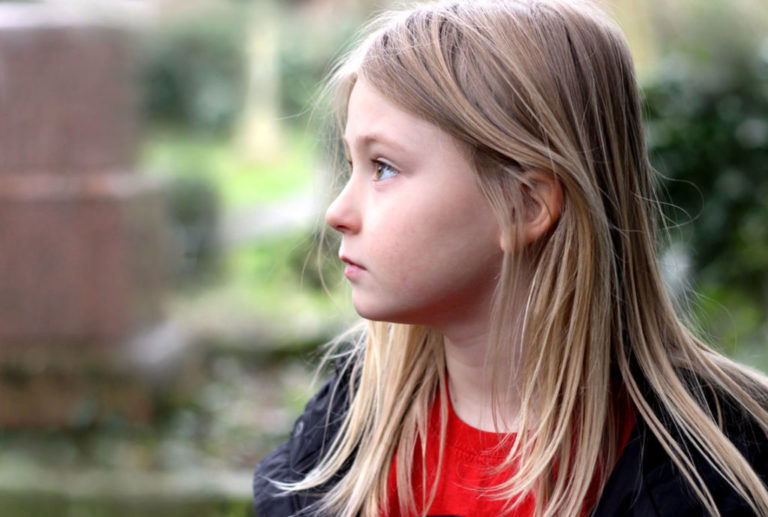
Suicide is a very emotive topic. Suicide is a bereavement.
Like any other sudden and traumatic deaths, we will have lot of questions regarding the ‘how’s’ and the ‘why’s. It is a topic that even as adults we struggle to understand and talk about never mind think about having this conversation with our children.
However, suicide and death are social facts that occur in our lives.
As parents and adults, we want to protect our children and may try and avoid this conversation –particularly if it relates to suicide. We may even think that by talking about it that we are ‘giving them ideas’. This is not the case.
While your child may not be directly impacted by a death by suicide, they may become aware of a death occurring in this way through social media / TV programmes / video games or from other children. Children often know more than we realise.
Therefore, as parents and caregivers it is important that we are prepared for these difficult conversations to provide children and young people with the emotional space to turn to us when they are met with these adult complexities.
At each stage of a child’s development, they will conceptualise death differently. It’s very important to be mindful of their psychological development to best be able to direct & support the conversation.
Primary School Children
By the age of 6, children will have come to understand the permeances of death.
Younger children will understand things in very concrete terms. When we say things like ‘the person is in the clouds’ or ‘in the sky’, children at this age can interpret this literally.
As a result, this can be very daunting for children because their imagination can fill in the gaps with misconceptions. Provide honest & age-appropriate information. This does not mean that you tell them everything.
Sample statement:
‘Uncle John had depression. He was getting help but unfortunately, he has died. I know that this is very sad, but you can talk to me’.
Children may start to become very anxious about their own death or the death of those close to them. It is important that they receive reassurances.
Secondary School Children/ Teenagers:
Teenagers will have a more adult-like understanding of death by suicide.
Check with them as to what they have heard and what is their understanding of suicide.
Reassure your child or teenagers that our mental health can fluctuate throughout our lives. Certain life events or stressors may result in us feeling overwhelmed or unable to cope.
It is important that we make our children and teenagers aware of the signs of poor mental health, correct any misconceptions that they may have and support them to strengthen their own mental well-being.
For children, the process of grief is not linear and may affect them at different stages of their lives.
Tips for supporting your children’s mental wellbeing and resilience
- Create an emotional first aid box in your home: In every household, one can expect to find a first aid box. When a child falls, they know that they need a plaster and oftentimes they will seek it out it. We need to instil the same mentality in our children that we have towards tending to our physical aliments as we do to our emotional injuries. An emotional first aid box will give your children the tools they need to practise self-compassion and build their resilience to the emotional knocks of everyday life.
Sample ideas: hot chocolate sachet, teddy bear for hugs, a token that indicates they want to watch their favourite movie/ treat.
- Naming & validating our emotions: Anger, anxieties, worries, sadness, grief and love are just some of the human emotions that we as humans all experience. These are complex emotions that even as adults we can find difficult to acknowledge, but by naming our own emotions, we are supporting our children to do the same.
- Identify adults in their lives that they can talk to: Talking makes us stronger and it’s important that our children know who they can talk to or turn to if they need help.
- Stories books: Stories can be a great resource to help children process feelings of loss. Two such books are:
‘When Dinosaurs Die: A guide to Understanding Death’ by Laurie Kransy Brown & Marc Brown.
‘The Invisible String’ by Patrice Karst.
Resources & Services
If your child has experienced the loss of an adult in their life due to bereavement. There are services that can help.
Barnardos Bereavement Services
References:
Winch. Guy ( 2013). Emotional First Aid: Healing, Rejection, Guilt, Failure and Other Hurts. Penguin Group. New York.
